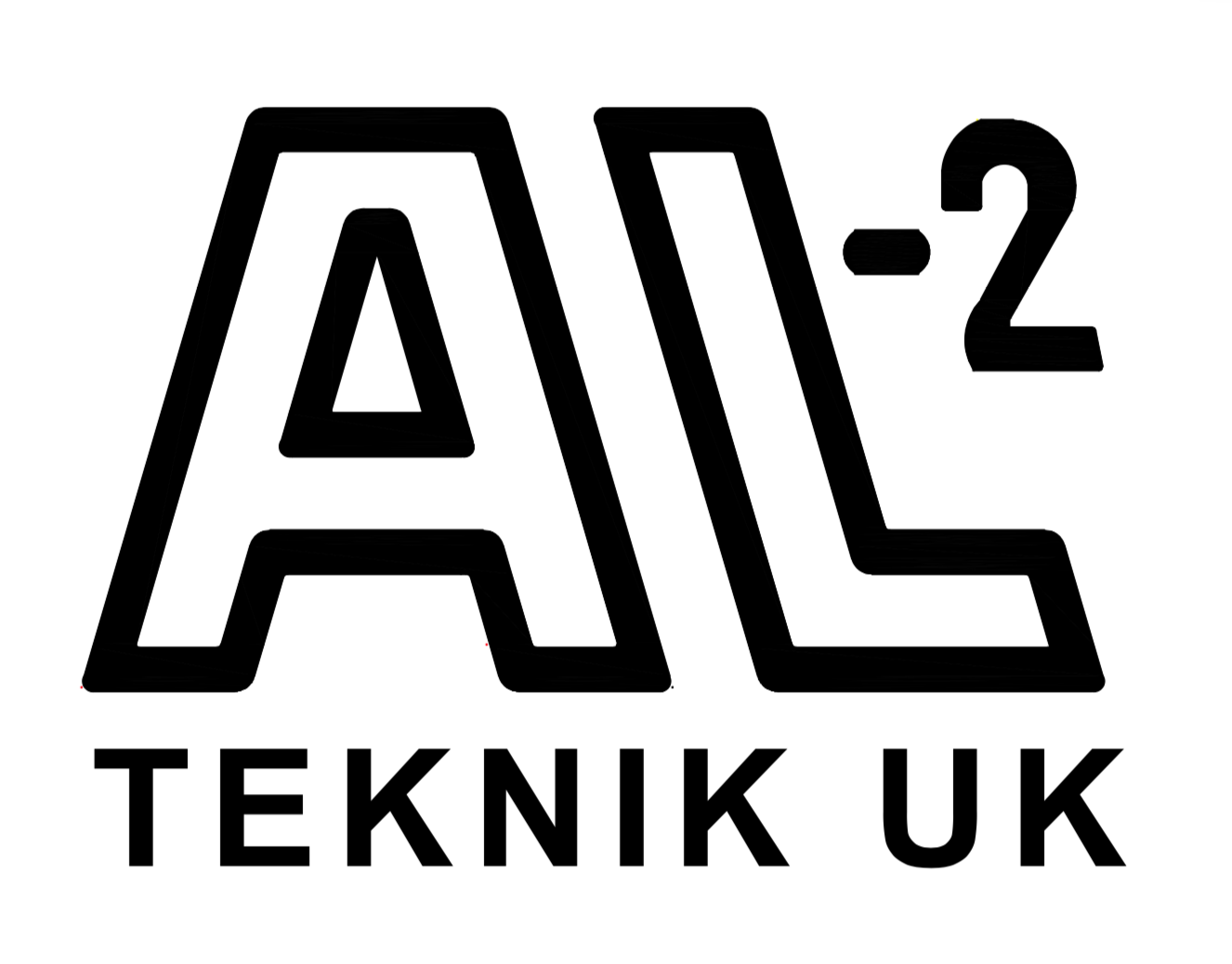Conversion of sewage sludge into biochar: Wastewater treatment potential and re-use on land
Water eutrophication is a widespread problem often caused by excessive quantities of nutrients in the water. Reducing the amount of phosphorus in lakes and rivers can prevent eutrophication and if the phosphorus can be recovered, it becomes available as a resource elsewhere.
Human sewage sludge (SS) is another problem with limited disposal options in Scotland. Land disposal will be outlawed by 2030 given the potential presence of chemical contaminants and/or antimicrobial resistant bacteria and genes, which could harm the wider environment.
Challenge
~130,000 tons of SS are disposed of annually in Scotland at an estimated cost of ~£6m/yr to Scottish Water alone. Future changes to Landfill (Scotland) Regulations (2003) mean that by 2025, no municipal organic waste should be going to landfill. This will require the diversion of ~530,000 tonnes of biodegradable waste to ‘other treatments’.
This project sought to address both of these challenges by producing biochar from SS and considering its application in wastewater treatment and phosphorus recovery, and also its toxicity.
Production of biochar from SS is consistent with sustainable bioresource recovery and promotes a wastewater-based circular economy. Pyrolysis of sewage sludge to biochar resolves two issues; it addresses the cost of SS disposal and eliminates phosphorus from wastewater.
If SS can be converted to biochar, and the biochar can be demonstrated to successfully remove phosphorus from wastewater, then the resulting biochar/phosphate could potentially be reused as fertiliser on the land.
Solution
Funding from IBioIC supported Scottish Water Horizons, AL-2 Teknik, Scottish Water, and Dr Szabolcs Pap from the Environmental Research Institute at North Highland College UHI (ERI UHI-NWH) to work together on this project.
Scottish Water sourced samples of SS and waste water from several sites across Scotland.
Scottish Water Horizons tested biochar produced by UHI in filtration systems in its pilot scale experimental facility in Bo’ness. This accurately replicates modern water treatment systems.
AL-2 Teknik provided SS biochar developed using their own systems and used this as a comparator to that of the UHI generated biochar.
Multiple biochar pyrolysis and water treatment experiments were undertaken at ERI UHI-NWH. They then chose the best performing biochars and tested them at the Bo’ness experimental facility to look at phosphorus removal efficiency. The biochar+phosphorus was then sampled, pyrolyzed again, and analysis done.
The project successfully demonstrated that SS derived biochar could be useful in removing phosphorus from effluent.
Outcome
The success of this project provides opportunities for Scottish Water and Scottish Water Horizons to circularise a process for disposing of SS and cleaning wastewater of phosphorus. The project will contribute to Scottish Water’s commitment to Net Zero by 2040.
AL-2 Teknik is looking to expand its successful biochar operations to the UK through selling different pyrolysis units for WWTP operators in Scotland and beyond. This project has generated new data that will help future discussions with organisations like SEPA, Zero Waste Scotland, Scottish Enterprise and the Scottish Government regarding the next steps to take biochar products and technology to the market through the commercialisation support they provide.
Critical issues and next steps have been identified, including how to release phosphorus from the biochar into the soil and what the environmental impacts might be.
The project has helped UHI raise its profile in the fast-moving biochar research field and this has become one of a number of projects being undertaken in this area. The project has also generated a new PhD position with the SFC Hydro Nation PhD Scholar Programme.
The project also enhances the likelihood of success in future grant applications.
Dr Pap also won the ‘best presentation’ award at the 23rd European Meeting on Environmental Chemistry (Budva, Montenegro), with his presentation entitled ‘Biochar Produced from Sewage Sludge as an Adsorbent and Soil Conditioner: A Scottish Case Study’.






